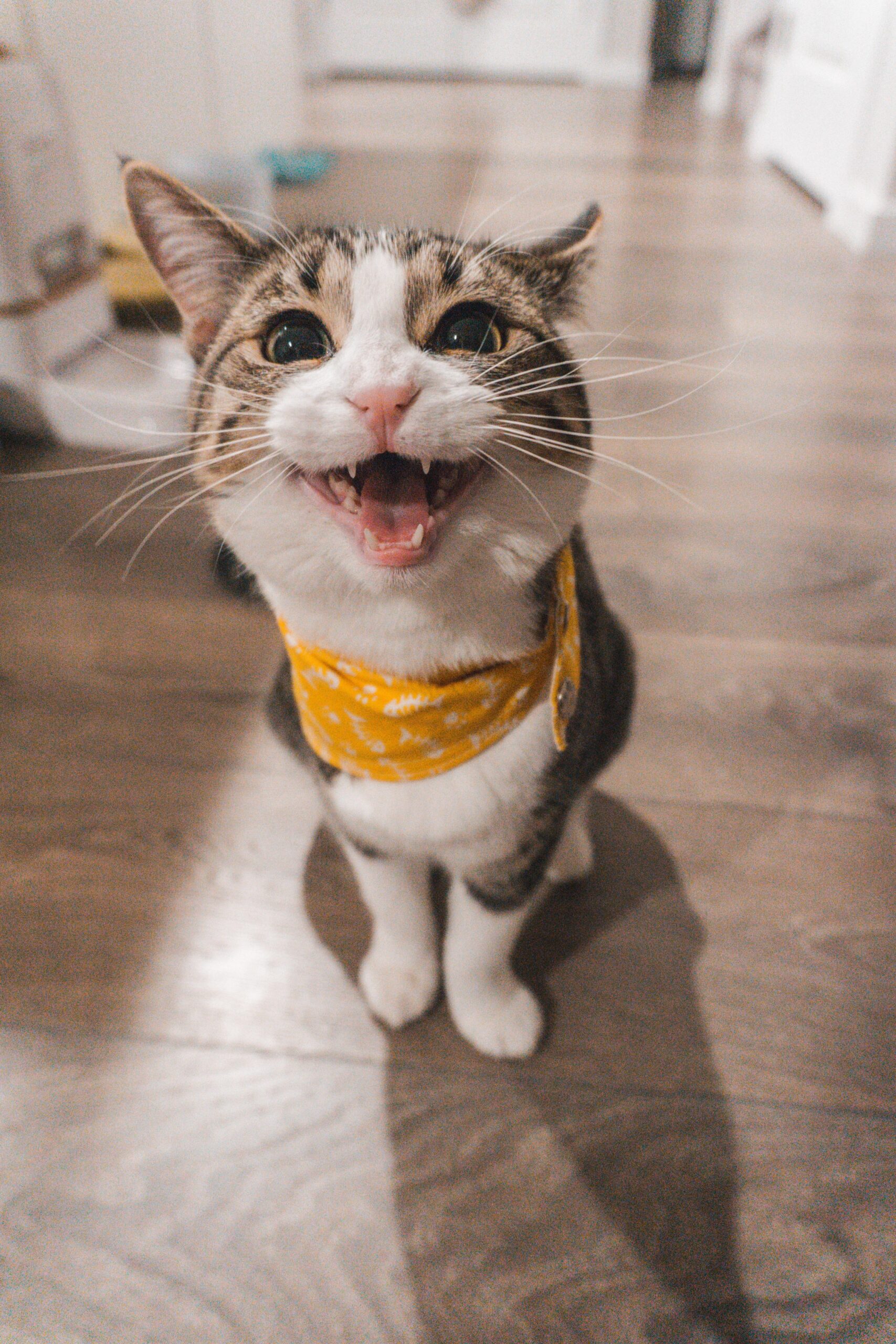Managing anxiety in cats
by Ontario SPCA and Humane Society | Cat Care | August 29, 2022

One minute our feline fur babies can be relaxing on a perch, the next minute the zoomies have struck, and they are running around the house. How do we know this is normal cat behaviour and not something more, such as anxiety?
What is anxiety?
Anxiety in cats is described as anticipation to a perceived threat based on past experiences or trauma. This could be real or imagined. It differs from fear or a phobia in that anxiety is an ongoing condition, whereas fear and phobias are usually temporary. Cat anxiety most commonly develops at the onset of social maturity, around 12 to 36 months of age, according to PetMD.
Possible causes of anxiety
Cats are creatures of habit and any change in their environment might cause anxiety. Home renovations, moving to a new home, new furniture or moving furniture around, new litter, a new family member (human or animal) are possible triggers. As well, a past trauma, pain, illness or improper socialization of your kitten could manifest as anxiety.
Read more about anxiety, pets and mental health here.
Common anxiety symptoms/behaviours
- hiding, trembling, pacing
- changes in eating or drinking (lack of appetite or eating too fast)
- increased vocalization
- excessive grooming (to the point of hair loss)
- urinating outside of the litter box
- being more aggressive/territorial or being more submissive
- compulsive pacing
Determining the cause of anxiety
It is important to source the triggers and recognize the behaviours associated with your cat’s anxiety in order to help manage it. Book an appointment with your cat’s veterinarian to determine if illnesses or diseases could be contributing to their symptoms. After determining the cause of your cat’s anxiety, you and your cat’s veterinarian can develop a treatment plan to suit your cat’s specific needs.
As upsetting as it may be that Fluffy is urinating outside of the litter box, or licking herself bare, it is up to you to determine why and to keep calm, refraining from any kind of punishment.
Create a safe space
Much like comforting an anxious child, be calm around your anxious kitty. Control the home environment and ensure your fur baby has a safe, quiet space to escape to when she gets anxious and overwhelmed.
A window perch, tall cat tree or even a separate room that is quiet and has a cozy bed will help. This is particularly helpful for cats who have noise phobias, such as vacuums, thunderstorms or fireworks. Another consideration is a pet stress jacket, which is a pressure garment said to have a calming effect on cats and dogs, similar to swaddling a baby.
Enrichment and playtime help reduce stress
A regular daily routine of play with your cat, even 15 minutes a day will give your cat some exercise and help alleviate stress. Catnip toys, food puzzles, cat grass and window-watching spots will all help your feline friend stay distracted while you are away from them.
Keep it clean and stick to a routine
Cats can be fussy creatures who dislike change or upheaval. Try to keep to a regular feeding routine and clean the litter box daily, as a common source of cat anxiety is a dirty litter box!
Naturally, our schedules sometimes change, so try easing your cat into a new routine whenever possible. Your veterinarian or animal behaviour therapist may also suggest techniques to help manage your cat’s anxiety.
Here are a few tips to manage moving day with your cat.
Calming pheromone diffusers or meds?
Depending upon the level of anxiety your cat is experiencing, there are also medications or supplements your veterinarian might suggest or calming pheromone diffusers designed for cats to help ease anxiety.
As you work through your cat’s anxiety issues, stay patient with them as you explore possible causes and tactics to manage their behaviour. Your fur baby’s well-being is worth the investment of time.
Categories
Testimonial
We have supported the OSPCA since 1951
We have supported OSPCA since our arrival in Canada in 1951. Keep up the greatest T.L.C. for animals.
